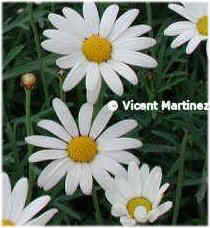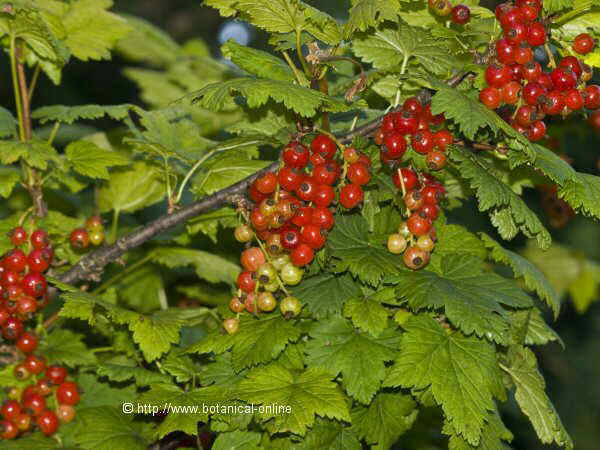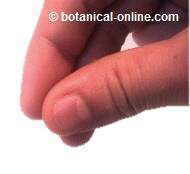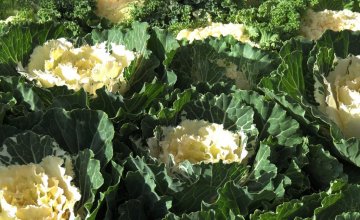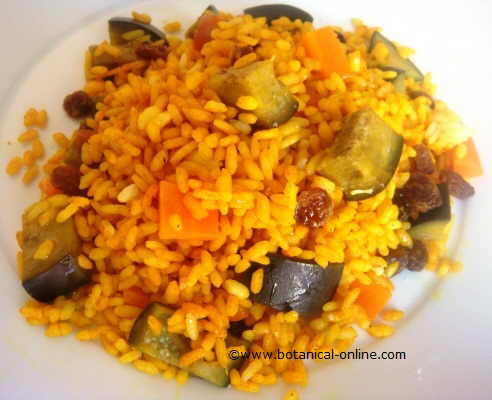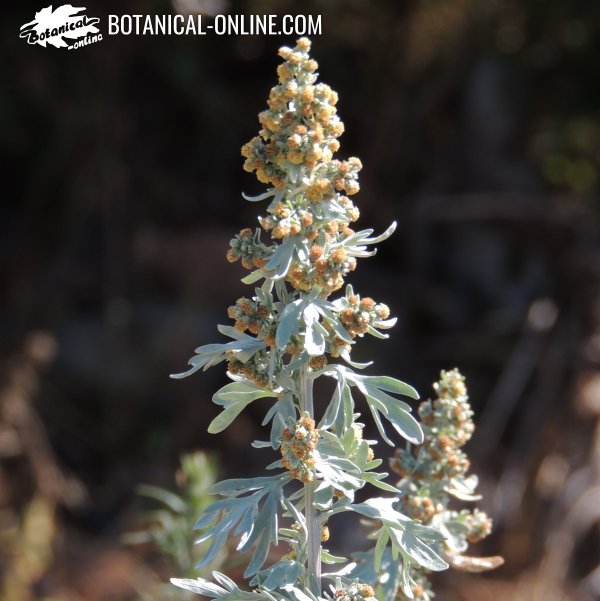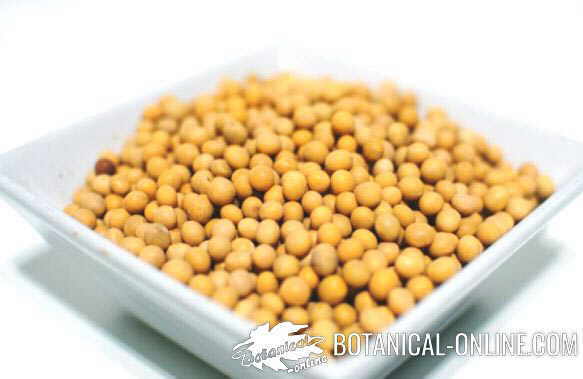Main species and varieties of chrysanthemums
The most important species of varieties of mums are:
- Garden mum (Chrysanthemum x grandiflorum Chrysanthemum morifolium = = Dendranthema grandiflorum): Native from China, it is derived from the species Chrysanthemum indicum. It can reach up to 1.5 m in height. Garden mums are characterized by their woody stems arising from a horizontal rhizome. Their leaves are lobed, with margins rounded and fitted with a gray felt on the underside
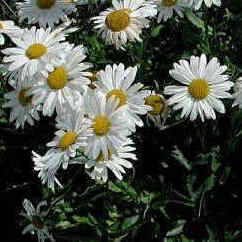
All cultivated types form a very diverse group of hybrids that ranges from simple forms, such as a a big marguerite to globular forms. double or more complex flowering structures that resemble balls or pompoms. Many of them are distinguished by the shapes of their florets (outer petals) that can be curved, recurved, tubular, radial, spoon-shaped, etc.
The simple form is the most common. It’s usually sold in flower shops and used for making branches in the feast of All Saints.
This variety of chrysanthemum is more suitable for use as an indoor plant because it is the most resistant and produces more flowers. It stands out for its aroma.
In Japan and China the flowers are lightly boiled and used as food, seasoned with soy. They are also fried, served with vinegar in salads, or in soups.
- Shasta Daisy, giant marguerite (Chrysanthemum maximum) It is a herbaceous plant from southern Europe up to 70 cm. Erect stems with toothed leaves above. Large flowers, till 10 cm wide with a yellow center and white florets. Flowers appear in spring or summer.
- Tricolor chrysanthemum = Tricolor daisy (Chrysanthemum carinatum = Chrysanthemum tricolor). It is from Morocco. It has simple flowers like daisies with two or three colors.
Plant size is more stocky (about 60 cm high and 30 wide. Very divided and fleshy leaves. It blooms from midsummer through fall. It is widely used to make plant beds and as cut flower.
Young shoots can be eaten cooked or raw as a vegetable before the plant bloom.
- Indian chrysanthemum= winter aster (Chrysanthemum indicum = Dendranthema indicum) comes from Asia (China, Japan, Korea and Taiwan) where you can find it abundantly in most environments from almost sea level up to 3000 meters.
It is characterized by small yellow flowers resembling those of marguerites, although there are cultivated species with double flowers. It is very suitable for growing indoors. It has been widely used as a medicinal plant.
The young leaves are eaten as vegetables and flowers are eaten with vinegar.
- Marguerite Daisy = bushy daisy

Chrysanthemum frutescens (Chrysanthemum frutescens): From the Canary Islands, it is a shrub that can grow to 1.5 meters in height. Flowers till 5 cm wide, yellow in the center and white florets that appear during the spring and fall. It is useful as a garden plant and as a plant to grow potted in balconies.
- Garland chrysanthemum (Chrysanthemum coronarium) It is an annual herb from the Mediterranean that can reach 90 cm. Light green leaves deeply divided with lobes reaching the midrib. Solitary flowers resembling those of daisies, completely yellow or part of them white.
The stems and the tender young shoots can be used as a vegetable. In Asian cuisine, it is known as Chop suey shungiku or sprouts. The outer flowers or florets are also edible and can be added to salads, but not the plants that have a bitter taste. Eaten raw in salads have a very strong flavor.
It is believed that it can be used to protect other plants from the attacks of caterpillars or worms because it excretes secrete repellent products through its roots.
- Corn marigold (Chrysanthemum segetum) It is an annual herb from the eastern Mediterranean and northern Africa. Till 60 cm height. Flowers 4 to 6 cm in diameter similar to those of yellow daisies (sometimes partly white florets) Grayish green leaves, toothed. It grows in fields as a weed. It can be grown in pots or as cut flower. Because of the coumarins content, it is is believed that it could be harmful to humans, however it is consumed as a vegetable in China and Japan.
![]() More information on chrysanthemums
More information on chrysanthemums

